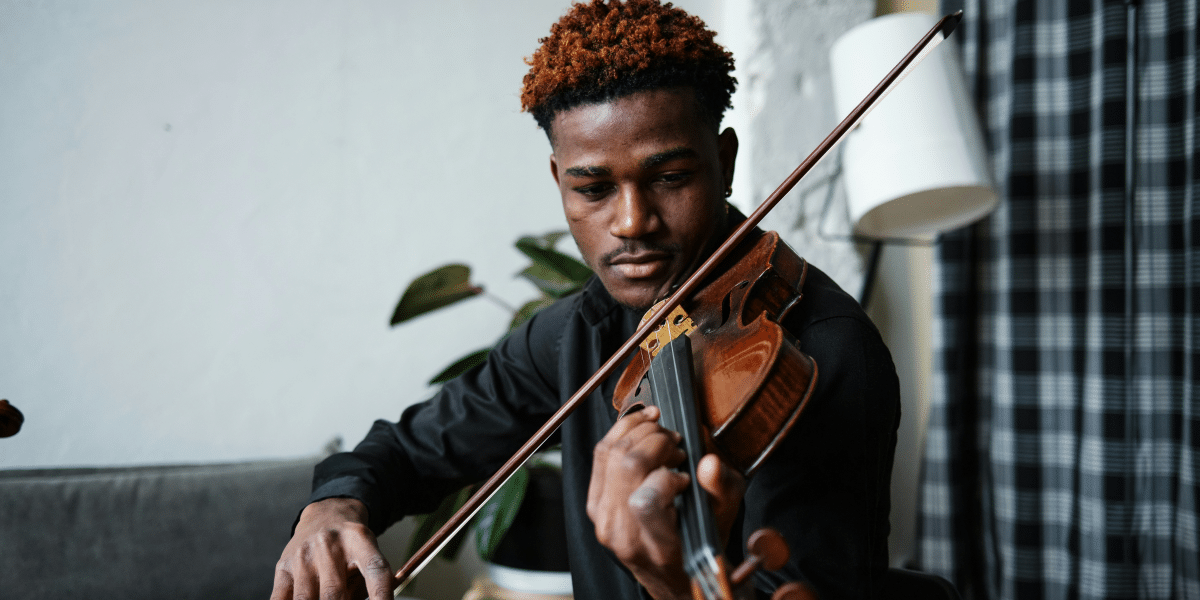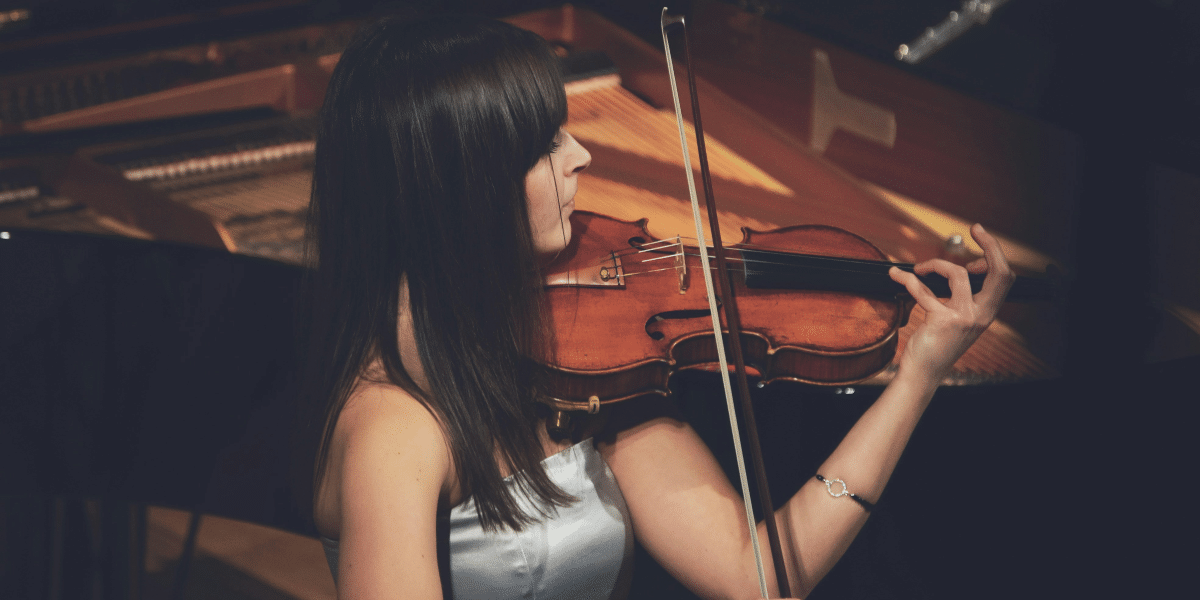The mesmerizing world of ancient music opens a window to the past, inviting us to explore the rich tapestry of sounds and styles that have shaped human history. Music has been a cornerstone of human culture for millennia, serving not just as entertainment, but as a means to communicate, celebrate, and express the deepest of emotions.
From the rhythmic beats of tribal drums to the melodious harmonies of ancient harps, each era and civilization brought forth its unique contribution to the symphony of history. In this article, we delve into the various types of ancient music, unraveling their mysteries and understanding their significance in the grand narrative of human civilization.
Music of Ancient Mesopotamia
Our journey into the world of ancient music begins in Mesopotamia, often hailed as the cradle of civilization. This region, nestled between the Tigris and Euphrates rivers, was home to the Sumerians, Akkadians, Babylonians, and Assyrians. Music played a pivotal role in their societies, used in religious ceremonies, royal courts, and everyday life.
One of the most remarkable artifacts from this era is the Golden Lyre of Ur. This instrument exemplifies the sophistication and importance of music in Sumerian culture. It was primarily used in temples, accompanying hymns and prayers dedicated to the gods. The lyre’s design, with a bull’s head crafted in gold and lapis lazuli, reflects the opulence and artistic creativity of the time. Inscriptions and tablets from the period indicate that Mesopotamian music was not just for entertainment but was also an art form with a structured system.
The Psalms: Ancient Songs of Strength, Solace, and Guidance
The Psalms, a collection of sacred songs and prayers from ancient Israel, stand as a testament to the spiritual and emotional power of music in ancient times. These ancient hymns, often attributed to King David, were central to Jewish religious life and later adopted into Christian liturgy. The Psalms encompass a wide range of human experiences, from deep despair to exultant praise, these give strength, solace, and guidance to those who recited or sang them.
Primarily intended for use in worship and religious ceremonies, the Psalms were designed to be sung or chanted, often accompanied by stringed instruments like the lyre or harp. Their lyrical nature enabled them to be memorized and passed down through generations, ensuring their preservation and continued influence. The emotive content of the Psalms, which includes lamentations, thanksgivings, and hymns of praise, reflects the ancient belief in the power of music to connect the human and the divine, to convey prayers, and to express the deepest emotions of the heart.
Greek Musical Harmony: The Foundation of Western Music
In ancient Greece, music was considered a gift from the gods, an integral part of education, and a crucial element of both public and private life. The Greeks believed in the concept of “musike,” which encompassed music, dance, and poetry, reflecting a harmonious blend of arts. Greek music was primarily monophonic, focusing on single melodic lines, but what set it apart was its emphasis on harmony and mathematical precision in tuning.
Greek theorists like Pythagoras and Aristoxenus made significant contributions to musical theory, particularly in the understanding of scales and intervals, laying the groundwork for Western music theory. Music in ancient Greece was not just for entertainment; it was used in theatrical performances, religious ceremonies, and as a means of teaching moral and philosophical lessons. The Greeks’ deep appreciation for the aesthetics and mathematics of music significantly influenced the development of musical concepts that continue to resonate in Western music today.
Chinese Court Music: An Echo of Dynastic Elegance
Ancient Chinese music, particularly that of the court, reflects the sophistication and elegance of the various dynasties that ruled over China. Known as “Yayue,” this court music was an intricate part of royal ceremonies and rituals, symbolizing the harmony and order of the universe as perceived by Chinese philosophy. The music was performed in the courts of emperors and nobility, often during important state functions, banquets, and Confucian rituals.
Instruments used in Yayue included stringed instruments like the guqin and pipa, wind instruments such as the dizi, and a variety of percussion instruments, creating a melodious and refined sound. This form of music was not merely for entertainment; it was imbued with ethical and moral significance, aiming to cultivate virtue and maintain social harmony. The elegance and complexity of Chinese court music demonstrate the ancient Chinese worldview, where music was an essential medium to express cosmic balance and imperial authority.





